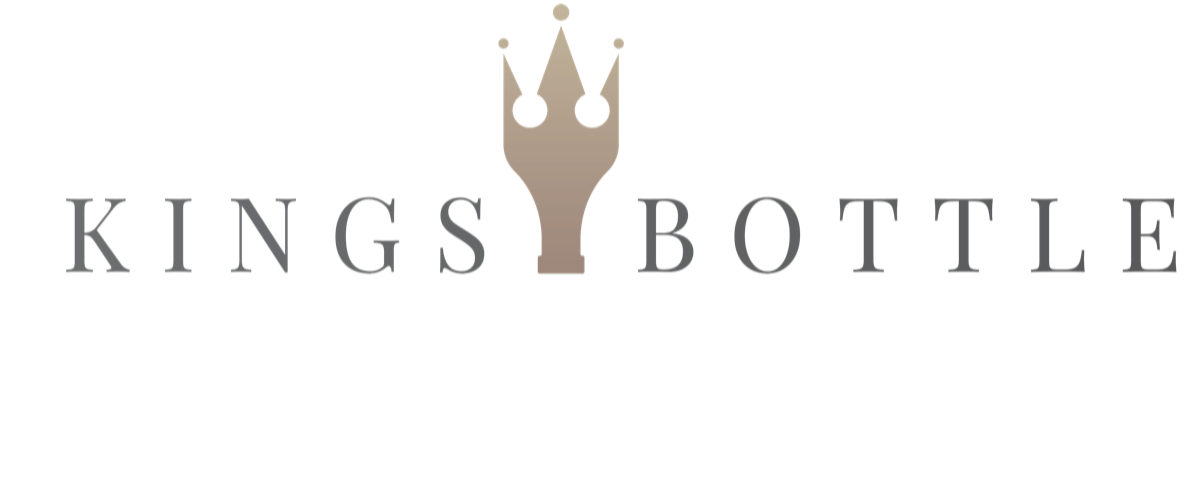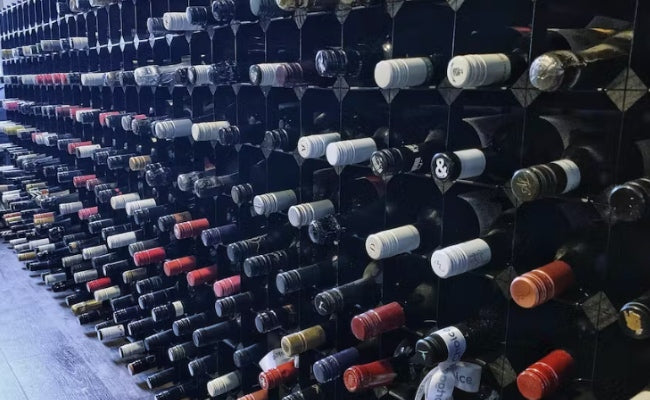
Designing a Library-Style Wine Shelf: A Sophisticated Approach
For passionate wine collectors, the way a bottle is stored matters almost as much as what’s inside. Today’s wine enthusiasts are seeking more than traditional racks or utilitarian fridges, they want displays that celebrate the art of wine, blending aesthetics with thoughtful function. One of the most elegant trends gaining momentum is the library-style wine display.
Much like a private book collection, a wine library is a curated showcase. It’s not just about storage, it’s about storytelling, ambiance, and presence. This design approach turns your wine into part of your interior decor, inviting admiration, conversation, and appreciation.
What Is a Library-Style Wine Display?
A library-style wine display borrows inspiration from the classic bookcase: organized, layered, and visually rich. But instead of leather-bound novels or antique tomes, it houses bottles, decanters, glassware, and accessories , all carefully arranged to reflect both personal taste and practical storage needs.
The hallmark of this approach is the use of integrated display shelving that highlights your favorite vintages, much like a gallery wall or collector’s shelf. This method turns storage into a focal point and elevates your collection into art.
These displays often feature multiple bays or columns, using vertical symmetry to mimic the visual structure of a classic library. The result is a layout that feels cohesive and intentional, offering both high-volume storage and high-impact presentation.
Key Characteristics of a Library-Style Display
1. Integrated Shelves for Vertical & Horizontal Display
Unlike traditional wine racks that typically store all bottles horizontally, library-style displays incorporate a blend of horizontal storage for aging and vertical display for presentation. This mix allows collectors to place select bottles label-forward or standing upright for visual prominence.
Integrated rods, cantilevered shelves, and recessed platforms are often used to create the "floating" effect, giving bottles a gallery-like appearance. Some systems also allow for modular shelf adjustments, making it easier to rearrange for events or seasonal curation.
2. Open Framing and Balanced Symmetry
Library-style wine displays are usually constructed with open frames and clean lines that echo high-end cabinetry or built-in bookcases. The result is a display that feels more architectural than furniture-like.
Most units feature a three-bay design (left, center, right), which helps establish visual balance while offering flexibility to segment bottles by type, region, or occasion. This open symmetry makes the display feel intentional and artistic.
3. Mixed Material Design: Wood, Steel, and Glass
A library-style wine display is as much about texture and contrast as it is about capacity. The most elegant designs blend natural and industrial materials:
-
Timber shelving offers warmth and tradition.
-
Steel framing adds strength and a minimalist edge.
-
Glass elements such as doors or back panels provide depth and openness.
These materials help the wine collection shine, rather than overwhelming the display with ornate details.
4. Mood-Enhancing Lighting with RGB+W Technology
Lighting can make or break the atmosphere of a wine display. Library-style layouts benefit from integrated lighting systems, often built into the vertical supports or shelves themselves.
RGB+W LED lighting offers full color control as well as pure white illumination. When used correctly, it allows you to:
-
Set ambient mood lighting for dinners or events
-
Highlight feature bottles with directional beams
-
Dim the lights to reduce light exposure and energy use
The ability to control color and brightness remotely gives you full creative control over the display's mood.
Why Choose a Library-Style Wine Display?
It Tells a Story
Every bottle in a collector’s inventory has meaning, whether it’s a vintage Champagne saved for an anniversary or a rare Bordeaux from a winery visit. A library-style display invites you to tell that story visually, curating bottles the way an art lover curates a gallery.
Rather than hiding away your wine in boxes or fridges, this design places your collection in plain sight, encouraging daily engagement with what you own and why you own it.
It Adds Architectural Interest to Any Room
These displays become built-in features of the room, architectural elements that act as a backdrop for the space. Think of them as functional focal points, adding depth and richness to interiors without feeling like a standalone unit.
Whether installed in a dining area, lounge, or entryway, a well-designed library-style wine display elevates the entire environment.
It Balances Aesthetic and Utility
While traditional cellars often hide the collection, library-style displays blend daily access with design. You can store everyday wines in bulk while showcasing collector’s items or event-ready bottles at eye level.
With the right combination of shelving and lighting, even a modest collection can look gallery-worthy.
Design Tips for Creating a Wine Library at Home
Whether you’re designing from scratch or upgrading an existing storage area, here are essential tips for creating a compelling library-style wine display:
1. Define Your Zones
Divide the unit into three primary zones:
-
Base: For bulk storage (timber shelves work well here)
-
Middle: Feature display bottles, decanters, or accessories
-
Top: Decorative elements, glassware, or lighting integrations
This zoned layout helps maintain clarity, function, and aesthetic appeal.
2. Use Materials That Highlight the Bottles
Stick with neutral or muted materials that don’t outshine the labels. Black steel, matte finishes, light or medium-toned wood, and smoked glass are excellent choices. Avoid reflective or overly ornate surfaces that detract from the wine itself.
3. Prioritize Lighting From the Start
Install side-mounted RGB+W LED strips to wash the display evenly with adjustable light. This highlights the bottles without generating heat or UV exposure. Be sure to include a remote or smart home integration for full control.
4. Plan for Access and Airflow
Avoid overcrowding. Leave enough space between bottles and shelves for easy access, airflow, and visual breathing room. Remember, this is a display, not just a storage unit.
Ideal Locations for a Library-Style Display
This design works well in a variety of home settings:
-
Living rooms: As part of a wall unit or built-in bookshelf
-
Dining areas: Behind the dining table or along a feature wall
-
Basement lounges: As a focal point next to a tasting bar
-
Entryways or hallways: Turning transitional spaces into wine galleries
It’s also ideal for hospitality settings such as:
-
Boutique hotel lobbies
-
Upscale restaurants
-
Wine tasting rooms or retail shops
Library-style displays can be made freestanding or fully built-in, depending on your layout and budget.
Combining Practical Storage With Artful Presentation
One of the unique benefits of this display style is that it doesn’t require you to sacrifice capacity for beauty. Through clever use of hidden or layered storage (such as recessed timber shelves at the base), you can hold dozens of bottles while still achieving a clean, minimalist look.
Some designs even incorporate pull-out drawers, temperature-controlled compartments, or hidden cabinets to house tools, spare glasses, or backup inventory.
A Modern Way to Celebrate Wine
A library-style wine display is about more than just function, it’s about celebration, curation, and presence. Whether you’re a casual enthusiast or a seasoned collector, this design approach offers a sophisticated alternative to hidden storage.
By integrating open shelving, layered textures, thoughtful lighting, and spatial harmony, you can create a wine display that’s as expressive as the wines it holds.
After all, your collection deserves more than just a rack , it deserves a spotlight.








